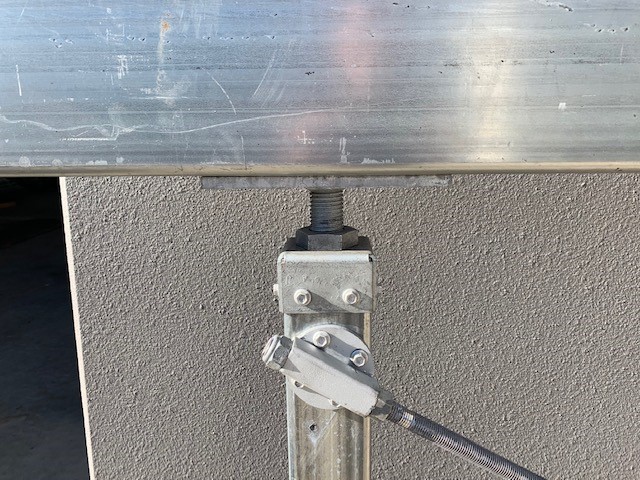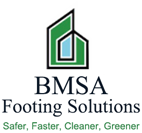Latest News.
Timber vs Concrete vs Steel House Stumps – Which Should You Choose?
June 26, 2023 // BMSA Footing Solutions

When building a house, one of the most important decisions you must make is what kind of house stumps to use. In Australia, house stumps are available in 3 different materials: timber, concrete, and steel – each with their own pros and cons. In this article, we’ll take a closer look at the advantages and disadvantages of each option to help you make an informed decision.
Timber House Stumps
One of the main advantages of using timber house stumps is that they are quite affordable, meaning, that if you are on a tight budget, timber stumps can be a good choice. Another advantage is that timber is a renewable resource, making it a more sustainable choice compared to other materials.
Unfortunately, timber house stumps have several drawbacks. They are more susceptible to termite infestation and dry rot from excessive moisture exposure – with a typical lifespan range of as low as 15 years in some locations around Australia. Furthermore, with timber being a flammable material, timber house stumps aren’t advisable for bushfire-prone areas.
Another significant drawback of timber house stumps is that they’re fixed in place – meaning, if the soil under your house shifts or the stumps sink – there’s no safe way of re-levelling your home and you’ll need to restump.
Concrete House Stumps
Concrete house stumps are a popular choice for many homeowners because of their durability and strength. They are more expensive than timber, but they can last much longer without requiring much in terms of maintenance. They’re also fire-resistant meaning they’re a popular choice in bushfire-affected areas.
However, concrete house stumps are not without their drawbacks – most notably concrete cancer. Concrete cancer refers to the degradation of the structural integrity of concrete because of the corrosion of the steel rebar (short for reinforcing bar) inside.
With concrete being a porous material, over time moisture can reach the steel rebar inside, (especially in the case of poor-quality concrete or workmanship) causing it to rust and expand – which leads to cracking. This cracking can then lead to more moisture ingress further exacerbating the problem and weakening the structural integrity of your foundations.
Steel House Stumps
The most significant advantage of using steel house stumps is their strength and durability. They are resistant to fire and pests, and they won’t rot or warp over time. Additionally, steel stumps can be adjusted with the addition of Stumprite tops and top plates. Stumprite adjustable house stumps have up and down adjustment – meaning they’re not only easier to get a perfectly level finish – you can also adjust them over time should you experience any soil movement.
The only disadvantage of steel house stumps is their cost. They are the most expensive option among the three materials in terms of upfront costs – however with no ongoing maintenance costs and a significantly reduced likelihood of needing to restump your home in the future – they’ll save you money in the long run.
Head on over to our Stumprite page now to view the full range of adjustable house stumps, tops, connectors and baseplates.
